Introduction
Activated carbon can be made from a wide range of source materials such as coal, coconut shells and wood. The material is often charred to achieve carbon, followed by chemical activation or activation by high temperature steam. This produces an activated carbon with an extensive network of pores and an extremely high surface area (typical range is 300 to 2000 m2/g). The pores provide sites for the adsorption of chemical contaminants in gases or liquids.
Activation
Material such as wood, coconut shells or coal that is activated by steam is first carbonised to create charcoal. The carbonisation is performed at a temperature at approximately 550 degC in an oxygen free atmosphere. This process drives off all of the volatile organic compounds and leaves behind the carbon and the minerals (ash).
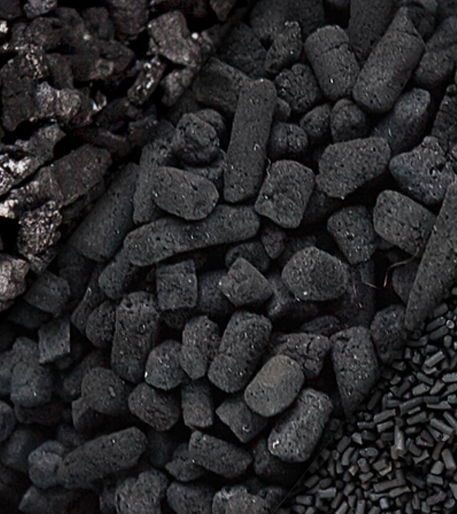
The steam activation of the charcoal is then carried out an even higher temperature (up to 1000 degC) in a steam atmosphere. The activation reaction between charcoal and steam can be described as follows:
C + H2O => CO + H2
C + CO2 => 2 CO
The activation process can be controlled to produce specific product characteristics. Steam concentrations, temperature, activation time and CO2 concentrations influence pore development, which in turn affect pore size distributions and the level of activity.
Activation of the charcoal can be carried out by the use of chemicals other than steam. Examples of activation atmospheres are nitrogen (N2) and carbon dioxide (CO2) with or without involving strong acids (eg. hydrochloric acid) or bases (potassium hydroxide). Different chemicals create different activated carbon characteristics.
Impregnation
Impregnation is the process where activated carbon is treated with a chemical reagent that reacts with low molecular weight or polar gases such as chlorine, sulphur dioxide, formaldehyde, and ammonia, binding them up on the carbon and thereby removing them from an airstream. This process, commonly referred to as "chemisorption", may involve neutralisation or catalysis reactions.
The impregnation process must be carefully controlled to ensure correct loading levels and even distribution of reagent on the carbon, without restricting access to the reaction sites within the pores. Properties such as activity, moisture content, and particle size affect the performance of the adsorbent, and can be controlled to optimise filter efficiency and service life.
Forms of Activated Carbon
There are three main forms of activated carbon.

The activated carbon is milled and sieved to achieve particles in the range of 0.2 to 5 mm. Typically the drinking water industry uses an 8 x 30 mesh (effective size of 0.80-1.0 mm), or a 12 x 40 mesh (effective size of 0.5 - 0.7 mm). GAC is used in both liquid and gas phase applications.

Powdered activated carbon is also milled and sieved and has a smaller particle size than the GAC. The PAC particles are mainly less than 0.18 mm (US Mesh 80) usually with a median diameter of 15 to 30 microns. PACs are generally used in liquid phase applications and for flue gas treatment.

The activated carbon has been extruded into cylindrical shaped pellets with diameters ranging from 0.8 to 5 mm. These are mainly used for gas phase applications because of their low pressure drop, high mechanical strength and low dust content.
Amazing Facts about Magical Activated Carbon
Medical Treatment
Its porous texture binds to toxins and prevents your body from absorbing them. It draws out impurities. That's one reason it's a staple in hospital emergency rooms. Doctors commonly use it as an antidote for food poisoning and drug toxicity.

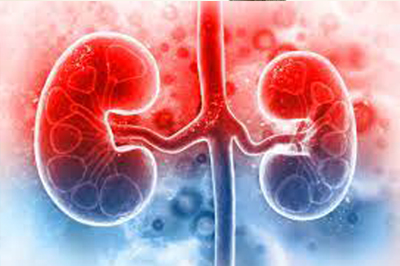
Kidney Diseases
For patients with end-stage renal disease, activated charcoal may be a viable alternative to dialysis. It binds to urea and other toxins, reducing the number of waste products that filter through your kidneys.
Deodorant
It can minimize body odor. For people who suffer from something called Fish Odor Syndrome, activated charcoal can bind to the stinky compounds the body produces and help reduce unpleasant odors. It is ideal as an underarm, shoe and refrigerator deodorant.
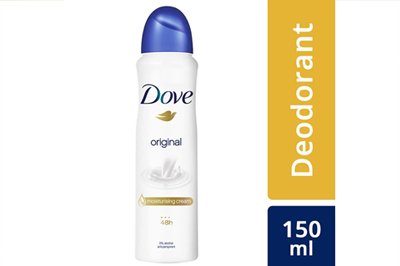
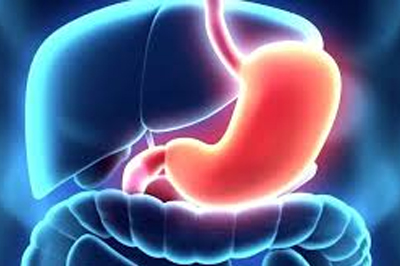
Gas and Indigestion
It helps to neutralize the liquids and gases trapped in the intestine and further ease pain, not required after gas. It has antiviral, anti bacterial, anti fungal and detoxifying properties which help in teeth whitening.
Skin Infections and Acne
Its anti bacterial, properties help it absorb harmful microbes from wounds. It might also help stop the smell that comes from infections and can help with ulcers or bedsores.
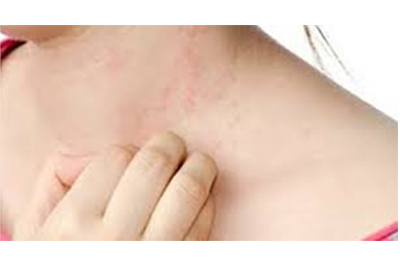
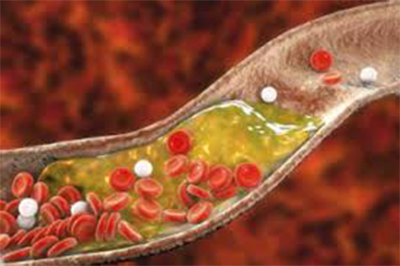
Lowering Cholesterol
Some research shows that activated charcoal can keep your body from absorbing cholesterol. It helps in dropping the LDL, or bad cholesterol.
Preventing Hangovers
Though it doesn't seem to absorb alcohol very well, some research shows that drinking it at the same time as alcohol might lower blood alcohol levels somewhat.

